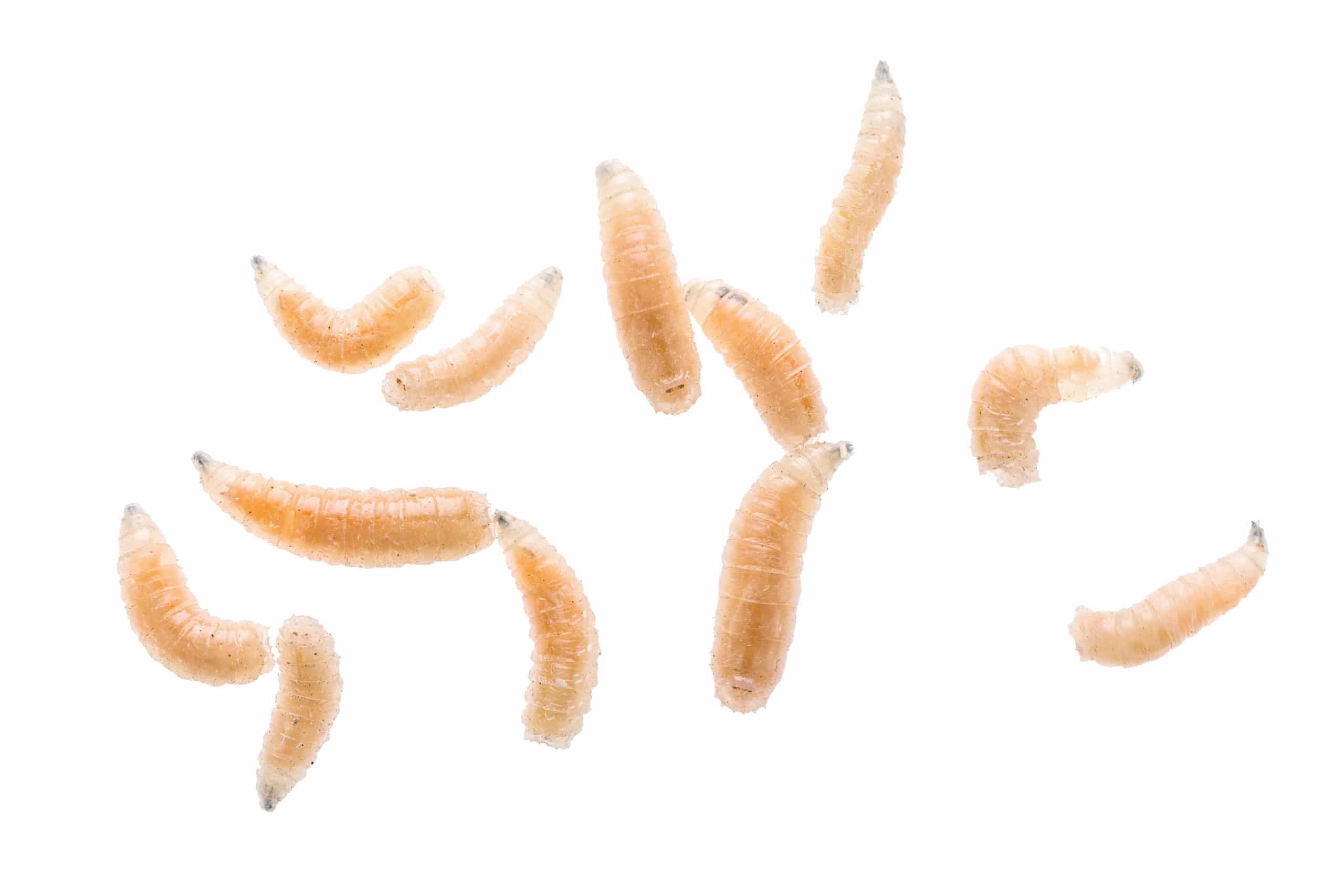Dealing with an infestation of insects is a nightmare for many homeowners. It can be a real challenge to clear the pests completely.
It is a good idea to invest in the services of a professional pest control company. Experts who have a strong background in tackling several pest control problems: including diapause.
Insect diapause is a natural process in the lifecycle of an insect. Several external factors can cause it—and understanding these can be key in preventing an infestation.
Here at Environmental Pest Management, we know how to tackle any infestation—including a sound understanding of diapause. Get in touch with the team and see how we can help!
What Is Insect Diapause?
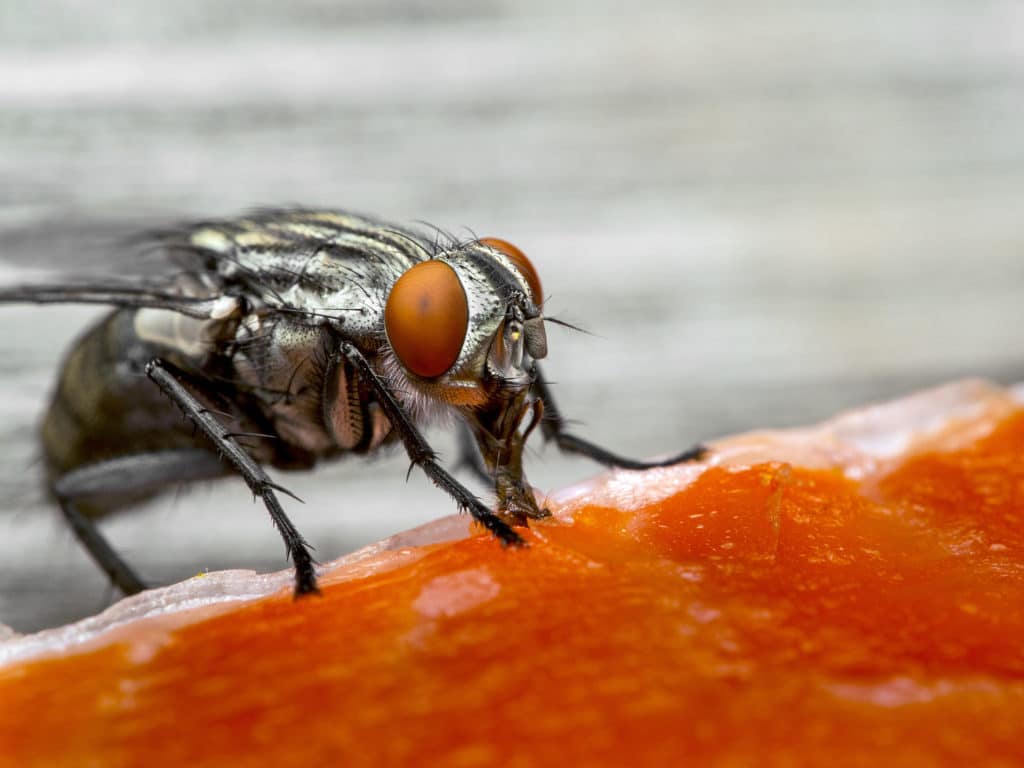
In the simplest terms, diapause is a period of arrested development or reproduction in insects. The state is usually triggered or terminated by environmental conditions.
Temperature, availability of food, changes in daylight, or temperature fluctuations are all regulators of diapause. Combinations of these can also set off insect diapause in a wide number of species.
There is an important distinction to be made here; the diapause response is ultimately genetically programmed. The aforementioned environmental factors do not cause it, but they can determine when it starts and ends.
Quiescence, on the other hand, is a period of slowed development. Unlike diapause, this is triggered by environmental conditions, ending when optimum conditions return.
What Are The Main Environmental Factors?
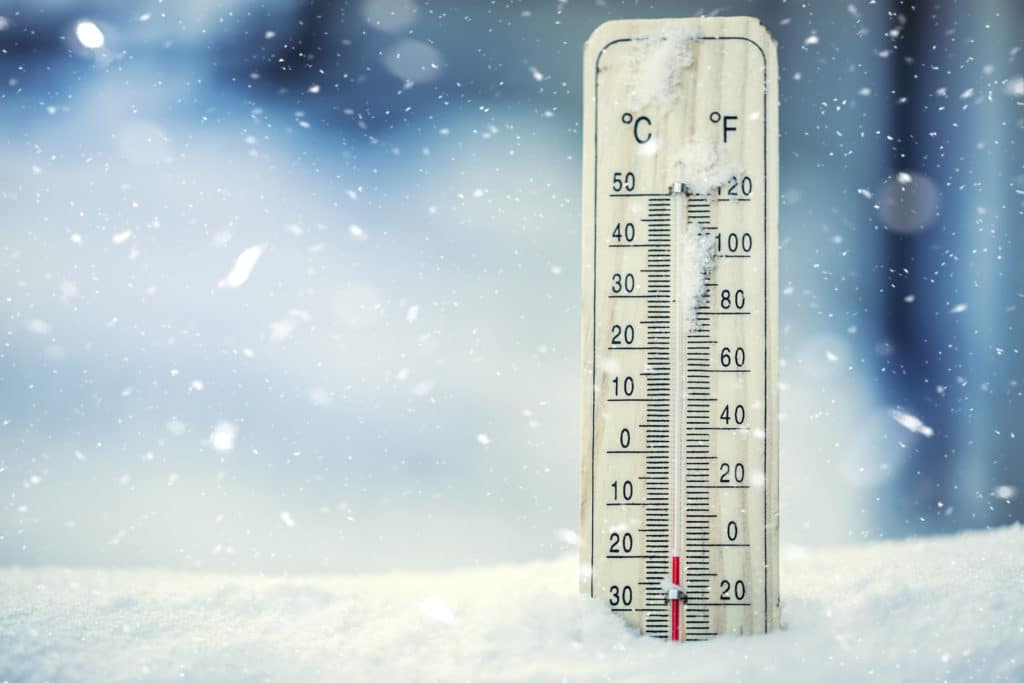
As we mentioned, a range of environmental factors can play their part in insect diapause. Some of these include:
- Temperature
Sudden changes in temperature, such as extremely cold or hot periods, can trigger the beginning or end of diapause. Additionally, alternating cycles of temperatures can also influence the process.
The exact trigger and temperature will depend primarily on the type of insect; each has its unique requirements and cues.
- Photoperiod
The term ‘photoperiod’ refers to alternating phases of sunlight and darkness throughout the day. Suppose there is an alteration in the phase due to external factors such as seasonal changes. In that case, the process can be triggered with shorter days and less light.
In many ways, the photoperiod is the most important aspect of insect diapause. It is also easy for pest control professionals to manipulate, as they can artificially create light cycles.
- Food
As some insect species come to the end of their growing season, their food sources’ quality also deteriorates. Once again, this process can trigger diapause in certain species.
What Are The Types of Insect Diapause?
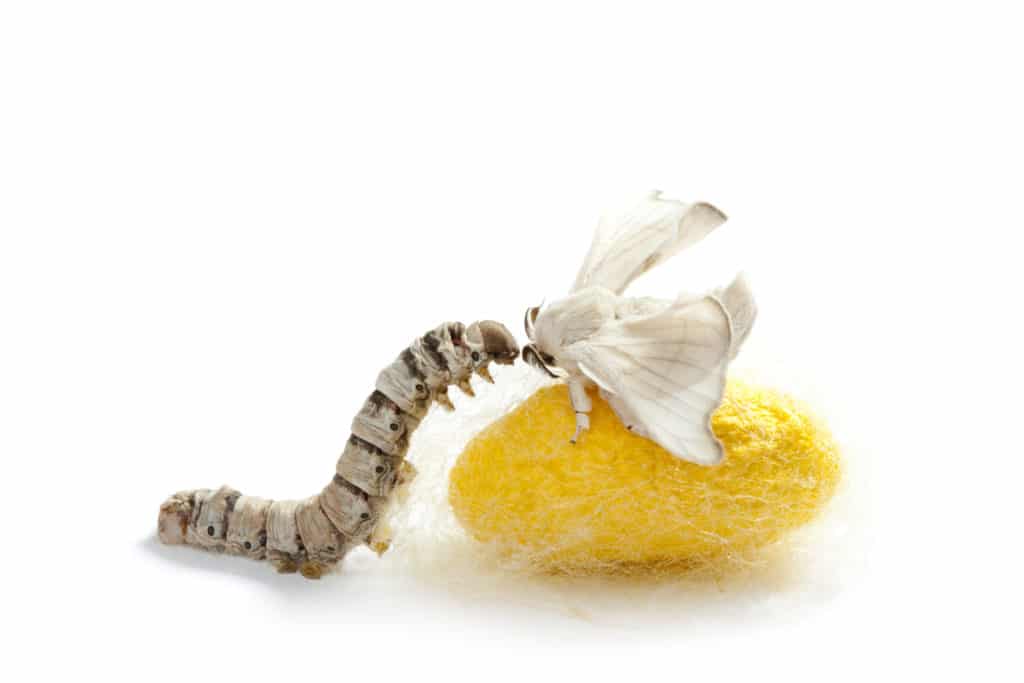
It is important to note that insect diapause comes in two main types: obligatory and facultative. The difference is important as it dictates when and why insects enter the phases of diapause.
Insects with obligatory diapause begin the period of arrested development at a point in their life cycle, which is predetermined. The process occurs despite any external environmental conditions.
Obligatory diapause generally occurs mainly with univoltine insects—in other words, those who have one generation each year.
On the other hand, insects with facultative diapause will undergo diapause only if it is essential for the creature’s survival. It is the most common type of diapause, found in the majority of insects.
This type of diapause is more commonly known as overwintering, and it is similar to hibernation in some mammals.
Request A Free No-Obligation Quote Today
We serve Dakota, Hennepin, Ramsey, Washington, and Anoka Counties.
We also serve Carver, Scott, Rice, Lesueur, and Steele
Facultative diapause is associated with bivoltine (insects producing two generations a year) or multivoltine insects (over two generations per year).
It is also worth mentioning reproductive diapause; this is a suspension of reproductive functions in an adult insect. It is commonly found in species such as the monarch butterfly, which goes into reproductive diapause to prepare for the long migration.
Why Can Diapause Be A Problem For Pest Control?
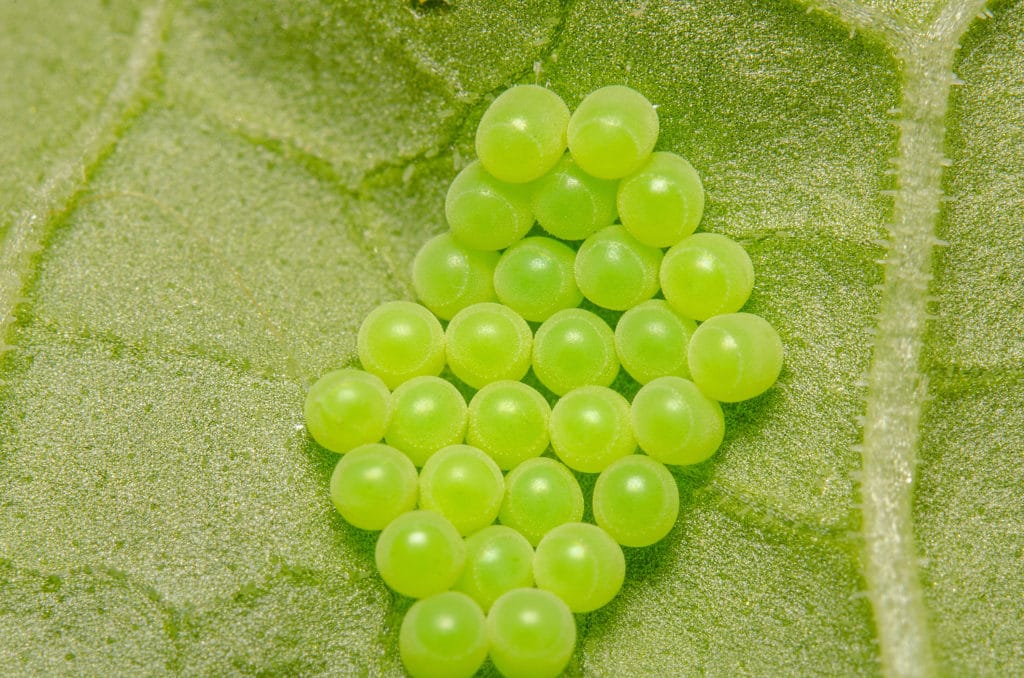
While diapause is a natural phenomenon, it causes serious issues for the management of pests and unwanted insects.
When diapausing, insects can endure adverse environments such as extreme temperature or moisture. They can also handle food shortages more readily and be able to withstand toxic chemicals and ionizing radiation.
Perhaps most crucial, diapausing insects can delay reproduction. It is integral if you aim to reduce population growth and is a key factor in your pest management regime’s timing.
All of these factors are critical elements of pest control. If they no longer work effectively on the insects, it is hard, if not impossible, to eliminate your pest problem.
As the insects build up a tolerance to the factors we discussed – temperature, chemicals, etc. —they can resist a pest management program. They may also be able to synchronize their reproduction program to their maximum advantage, making full use of available resources.
What Can Be Done?
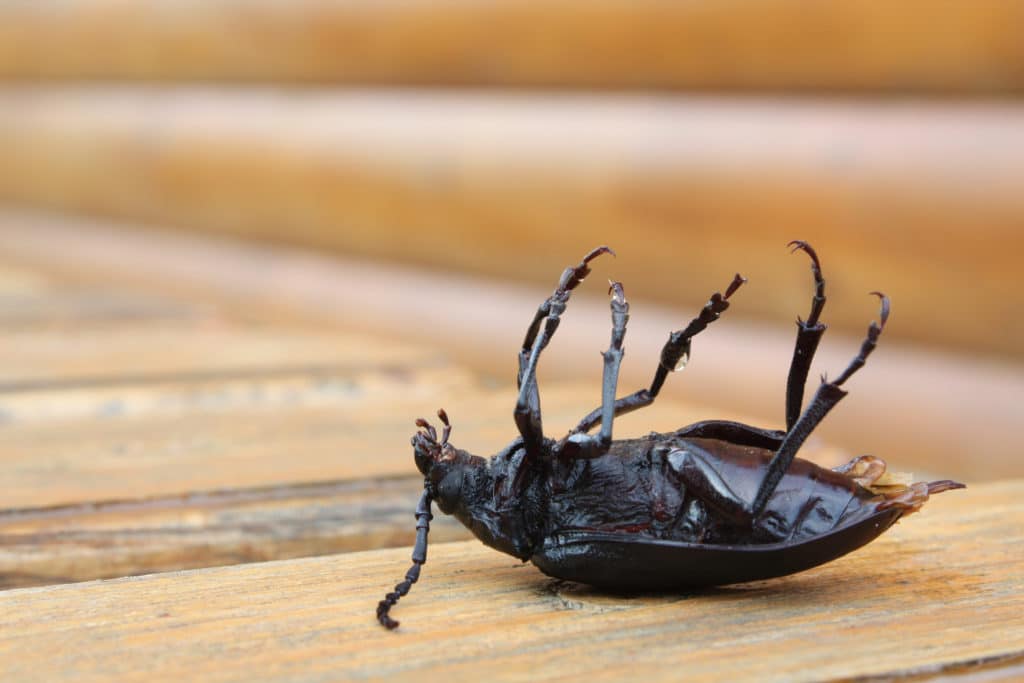
It seems that the only way to tackle insect diapause for pest control is to learn to use it to our advantage. The process involves manipulating external factors to prevent the onset of diapause, giving pest control a chance to work by pinpointing the perfect time to use pesticides.
Controlling external factors is hardly a new concept; a recent study experimented with using artificial light to extend the day’s length in preselected plots.
The test saw a 76% and 70% decrease in the onset of diapause in two insect species. Non-diapausing insects were then unable to survive the harsh winter, allowing control of their numbers.
In some cases, one can carefully manipulate reproduction; this allows pest control experts several options. They may calculate the predicted reproduction time and use it as a window to maximize the treatment’s effectiveness.
Alternatively, experts may act to eliminate the insect before reproduction can occur—this can bring numbers down to more manageable levels.
Also, no stored-product insect species are currently known to diapause in the egg stage, and only one in the pupal stage. This information can also be useful to pest control experts, giving them a window to act.
There are also potential benefits from waking insects early from diapause or preventing it entirely. If these things can be done, the insects will likely die naturally from winter’s harshness and won’t need to be treated with pesticides.
How Can We Help?

Understanding this part of the insect life cycle can be a useful tool when it comes to pest control.
At Environmental Pest Management, our experienced, qualified team of professionals can help you tackle any infestation or pest control problem. Our experts have the skills and knowledge to quickly and easily handle infestations. They can use a range of methods to achieve this.
If you are looking to reclaim your property, take back control, and eliminate unwanted guests, we can help. Protect your home from unwanted pests; reach out to Environmental Pest Management for a free quote today.

